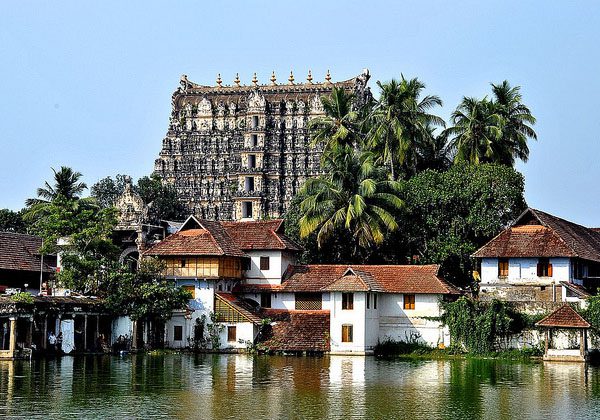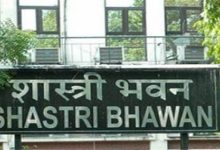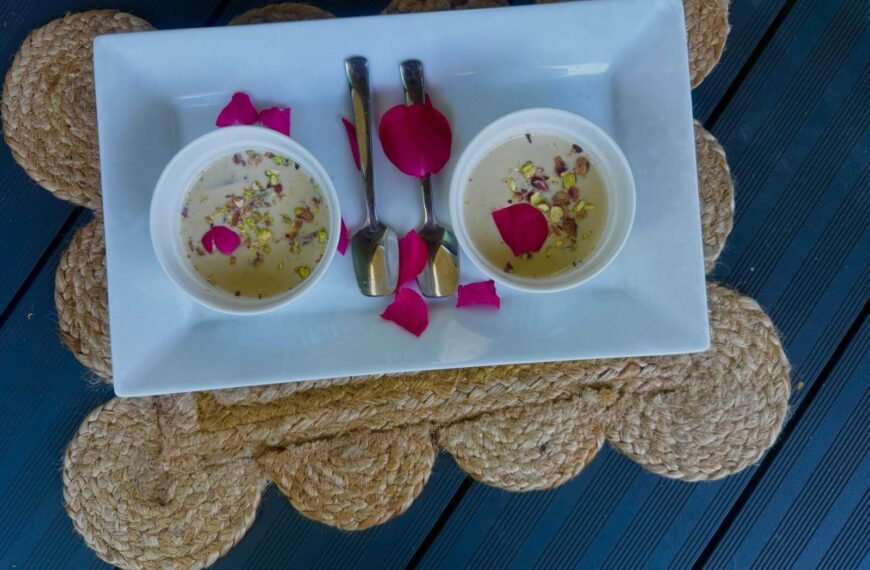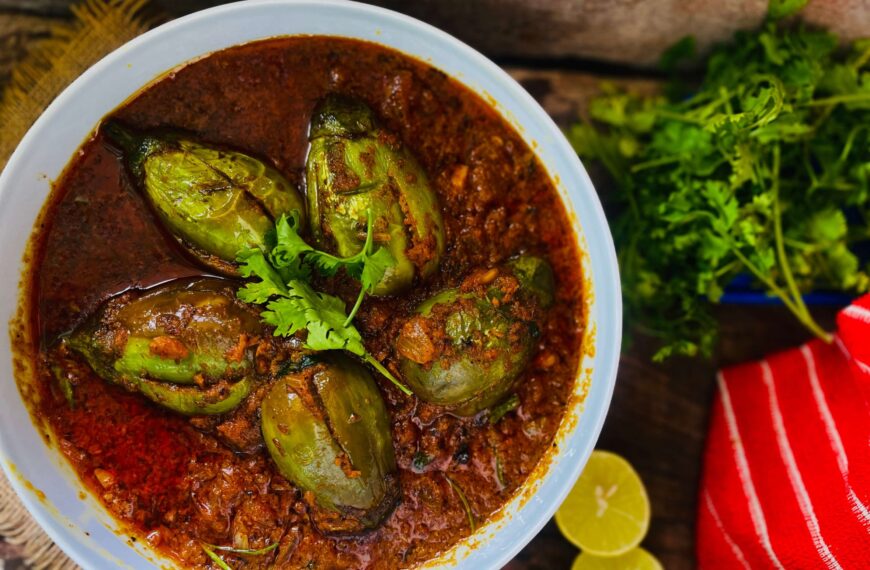 Trivandrum is fairly well connected with all major cities through rail network and convenient flights. It is an amalgam of the old and the new – elements of modern architecture jostling for space with old temples, palaces and more, says Ruchira, in the weekly column, exclusively for Different Truths.
Trivandrum is fairly well connected with all major cities through rail network and convenient flights. It is an amalgam of the old and the new – elements of modern architecture jostling for space with old temples, palaces and more, says Ruchira, in the weekly column, exclusively for Different Truths.
Deep down south, on the western coast of India, in God’s Own Country lies the bustling little city of Thiruvananthapuram. A real tongue twister isn’t it? Well, then you could pronounce it the British way, Tree+Van+Drum. It is an amalgam of the old and the new – elements of modern architecture jostling for space with old temples, palaces and more.
Though located in a remote corner of the country Trivandrum is fairly well connected with all major cities through rail network and convenient flights. And believe me, there are plenty of things to do and see here.
To begin with, the star attraction of the city is the splendid Anantha Padmnabhaswamy temple. The shrine houses a magnificent statue of Lord Vishnu in a reclining posture. The ambiance within is that of a prayerful serenity. However, there is a charter of – shall I call it weird? – do’s and don’ts that takes the wind out of your sails. All females (except infants and toddlers) must wear saris while males (of similar age groups) must don dhotis. Last time, when I had visited the temple with my family, we obeyed the orders and had a darshan of the deity. However, this time we discovered an added stipulation: Devotees and visitors must take a dip in the temple tank, wear a set of new spotless white garments (available in the temple precincts) and then proceed for the darshan. We were dumbfounded and finally, decided to give it a miss. There are several other shrines dedicated to other deities in Trivandrum. You will need to tweak your programme to be able to visit them.
There are two popular beaches flanking Trivandrum. The Shanmugham beach is close to the city’s airport. Here you can have lovely views of the azure waters of the Arabian Sea. The other one Kovalam beach is closer to town hence get more footfalls all day long. There are many hotels – from the plush to the modest – that are mushrooming here. As a result, the beach has become a tad cluttered and dirty too. Instead of shining sands, one finds black layers of soot everywhere. Most visitors leave their litter behind. How can Bharat be Swachch? I really wondered. Nonetheless, Kovalam still offers you breathtaking sunsets and sunrises provided you have the will and the time for it. One must pay a visit to the Vizhinjam lighthouse, perched on a rocky cliff jutting into the rolling ocean waters. One can tarry here awhile to watch the sun, the sea and abundance of the surf.
For nature lovers, the city’s Marine Aquarium is a must-visit. This Museum is famous for its rich and varied collection of marine life. It is an enthralling and exhilarating experience to realise how the underwater zone, as well as the seabed, is vibrating and pulsating with life. It is a different world altogether.
Your itinerary must also include a visit to the Museum, housed in a portion of the majestic Kuthiramalika Palace and was established in the 19th century by Maharaja Swathi Thirunal Balarama Varma who wanted to showcase the traditional Indian art forms, more particularly that of his native state. Located in the vicinity is the Shri Chithra Art Gallery, which holds a fantastic collection of the works of legendary India painters namely Raja Ravi Varma, Abanindranath Tagore, Nicholas Roerich among many others, You will find some of the finest specimens of paintings belonging to the Mughal, Bengal, Rajputana and Tanjore schools of art. The gallery also boasts of an exclusive collection of masterpieces from China, Japan, Tibet, and Bali to name a few.
As far as the tourist facilities go, there is no dearth of accommodation of all categories and suiting all pockets. There are numerous restaurants and eateries serving local cuisine both vegetarian and (including beef) non vegetarian fare, with a smattering of North Indian and Chinese cuisine. Locally made (mostly home baked) cakes in myriad flavours are available at pocket-friendly rates. There are plenty of kiosks vending all sorts of beverages: coffee, fresh juice, coconut water, aerated drinks, et al.
Your tour would be hopelessly incomplete unless you go shopping for cashew nuts and spices – the twin flagships of Kerala’s economy. Procure them according to your budget, and long after your holiday has ended the aroma of the spices will continue to make your memories fragrant!
©Ruchira Adhikari Ghosh
Photos from the Internet
#Travel #SliceOfLife #Kerala #CoconutWater #Trivandrum #Temples #Holidays #DifferentTruths







 By
By

 By
By